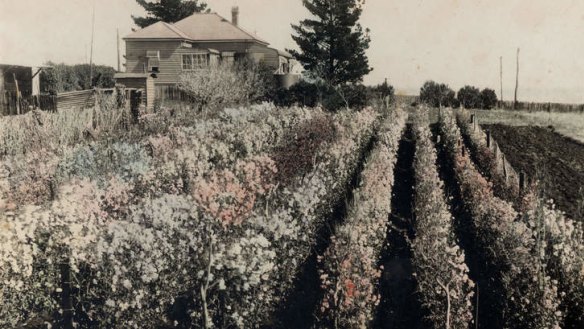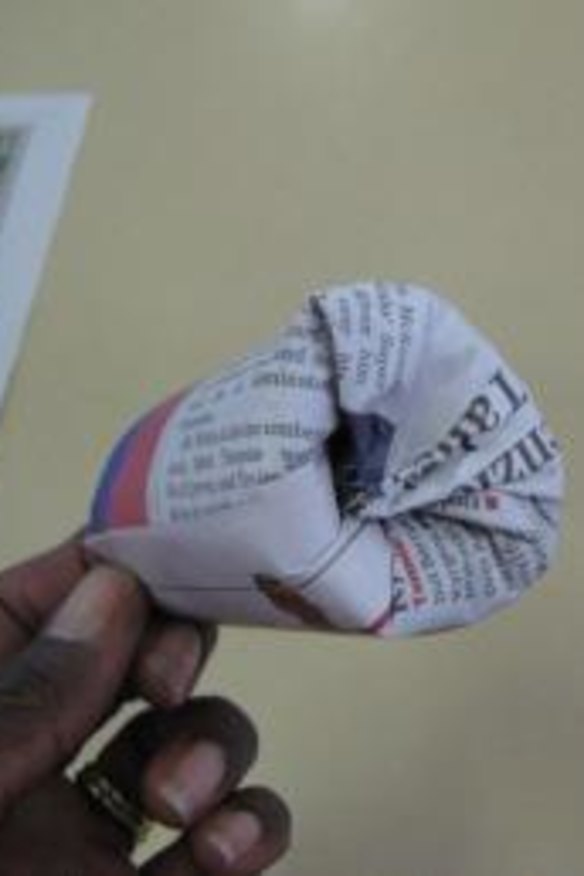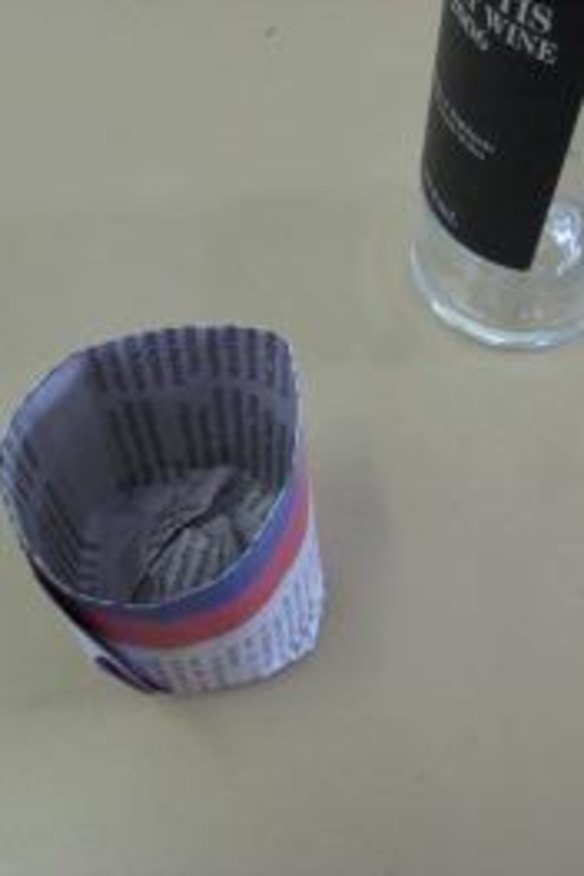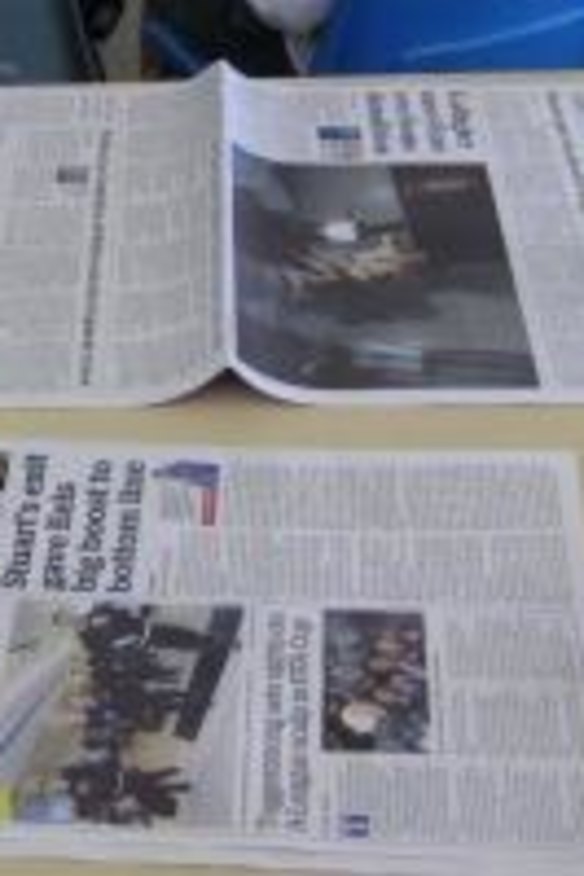Sweet peas key to Canberra's kitchen gardens

Kitchen gardeners should grow flowers that attract beneficial insects to vegetables. Herbs, fruit trees and sweet peas provide a scent station to charm bees that will pollinate your edibles. My favourite variety, the mid-18th century painted lady, has long stems for cutting and great fragrance. Just don't pop sweet pea flowers on your salads as they are toxic when eaten by humans.
Graham and Ann Freeman live in Evatt where she has a small vegie garden with rhubarb and strawberries ready for harvest and he has a four-metres-tall cumquat tree that produces far more fruit than they can use. There are also plum and nectarine trees and a passionfruit vine.
However, Graham Freeman emailed to tell us about his grandfather, Len Erbacher, who lived in a country town with a piece of land large enough to grow masses of sweet peas in the 1930s. Erbacher had them systematically organised by colour and when the flowering had finished, he would pay Graham's mother and her sisters one penny for every matchbox-full of seeds that they collected. He sold the seeds to Yates whose historic records show that the first Australian Sweet Pea Annual was published in 1918. A hand-tinted photo of the rows of sweet peas was always on the wall of the family home in Toowoomba.

Later in life, Erbacher also established a number of fruit trees including loquat, fig, avocado, mulberry, peach and other stone fruits.
Tree of 40 Fruit

While we admire the blossoms on Canberra's fruit trees, the Australian branch of the International Dendrology Society has alerted its tree loving members to the spectacular "Tree of 40 Fruit" developed by Sam Van Aken, Art Professor at Syracuse University in New York. See: sciencealert.com.au/news/20142107-25892.html
Van Aken, who grew up on a family farm, heard that a state agricultural experiment station was about to be closed down where there were heirloom, antique and native varieties of stone fruits. It took five years of chip grafting for him to produce the new variety of fruit tree with 40 different types of plums, peaches, apricots, nectarines, cherries and almonds. In spring, it is a patchwork of white, pink and red-hued blossoms.
Eco pots

Following our reference to eco pot makers made from timber, two readers have sent us their methods. Agricultural scientist Carol Edwards has children at Farrer Primary School where she is a volunteer in the Environment Centre. She adapted the wooden moulds by recycling wine bottles with dimples at the base. The children use 750ml wine bottles and 375ml "sticky" dessert wine bottles to give them two sizes of newspaper pots, large for seeds of beans, peas and cucurbits and small for seeds of tomatoes, chillies, spring onions and herbs.
Either a double piece of broadsheet newspaper for the wine bottle or a single tabloid sheet for dessert wine bottle is folded into thirds lengthwise. Roll two-thirds of the paper strip around the base of the bottle and press the last third into the base of the bottle, then slip the paper pot off the bottle.
Brian Casey of Griffith says they use toilet rolls, diligently saved all winter, with coconut fibre at the base as eco pots in which to raise seeds and cuttings. Leaving the neck of the roll out of the soil when planting acts as a snail barrier.
Casey currently has more than fifty rosemary cuttings progressing well using this method and taking up little space. The plan is to have a rosemary hedge around his vegetable patch, which is a great idea to lure bees.
Wisdom of sage
Barbara Petersen, of Dunlop, emailed us about her favourite herb, which is sage "with its lovely flowers that attract swarms of bees". She likes sage cooked with lighter meats and fish and adds a few leaves to salads. Petersen also grows pineapple sage with its bright red flowers and foliage that does smell of pineapple and it, too, attracts bees.
She worked in the Commonwealth Employment Service for a number of years and among people she interviewed there were enough "herbal" names to fill a spice rack, with "Sages, Saffrons, a Cinnamon, a lad by the name of Mace, a couple of Peppers but, sadly, no Nutmeg."
Susan Parsons is a Canberra writer.
Restaurant reviews, news and the hottest openings served to your inbox.
Sign up